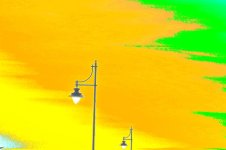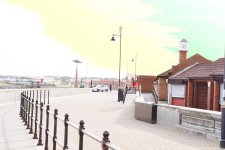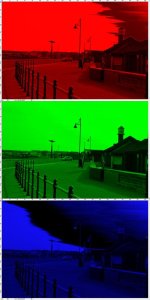BlueRobotSocks
New member
I'm quite new to the DSLR game and I have not had this problem with my cheap point-and-shoot digital cameras. My main experience with cameras was with my old 70's Praktica SLR I used at college about 15 years ago (B+W only), so working with a DSLR in colour is a bit overwhelming for me. Anywho...
Whenever I take a photograph somewhere near something bright like the sky or reflecting something that is bright, I keep getting unnatural colours.
PhotoFail - an album on Flickr
[I don't know how to link the pictures directly, so I'll post the album]
Sometimes I can get the pictures I want, but most of the time they come out like this. Has anyone come across this problem, and have a fix for it? I've tried to alter some of the settings, but I have not accidentally corrected this error yet.
The camera is pretty much all on factory settings, taken in Auto.
Any recommendations will be greatly appreciated.
I've been mainly taking some continuous shots outdoors, so I'd rather fix this problem in-camera rather than spending hours retouching and filtering out this error out (although because of this problem, I've been getting better at "photoshoping").
Whenever I take a photograph somewhere near something bright like the sky or reflecting something that is bright, I keep getting unnatural colours.
PhotoFail - an album on Flickr
[I don't know how to link the pictures directly, so I'll post the album]
Sometimes I can get the pictures I want, but most of the time they come out like this. Has anyone come across this problem, and have a fix for it? I've tried to alter some of the settings, but I have not accidentally corrected this error yet.
The camera is pretty much all on factory settings, taken in Auto.
Any recommendations will be greatly appreciated.
I've been mainly taking some continuous shots outdoors, so I'd rather fix this problem in-camera rather than spending hours retouching and filtering out this error out (although because of this problem, I've been getting better at "photoshoping").



